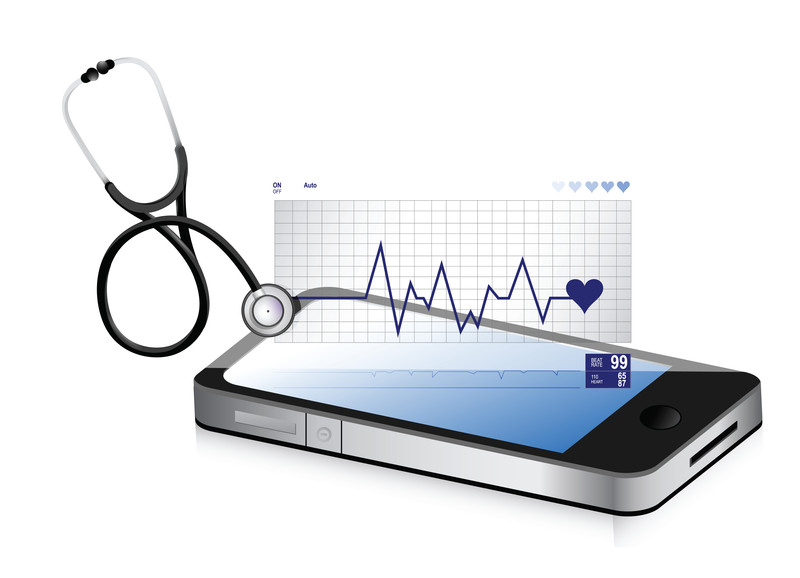
FDA MDDS and mobile medical applications guidances
The Letter of the Law from the FDA Perspective
Five years ago I was pulled over for doing a “California roll” through a 4-way stop near my home. I thought to myself: “No problem, he’ll look up my record, see that I’ve only ever had one traffic ticket from years ago and he’ll give me a warning.” Five minutes later I was staring at a $167 ticket trying to fathom that officer’s apparent lack of common sense. In my mind I hadn’t really done anything wrong; I had slowed down and looked both ways to see nobody coming from any direction – a very low risk maneuver, both safe and effective.
I thought that, combined with a near perfect driving record, would be reason enough not to enforce the letter of the law. Sadly for my wallet, I was mistaken. In contrast, it seems common sense is becoming more prevalent in the fast paced, high tech world of medical devices. Consider the recent FDA MDDS and mobile medical applications guidances.
In June 2014 the FDA issued a draft guidance indicating the Agency does not intend to enforce compliance with the regulatory controls applying to medical device data systems (MDDS), medical image storage devices and medical image communications devices. Their reasoning? The technology is widely used, well proven and the devices pose a low risk to patients and the general public.
The Agency has faced pressure from the industry to reduce regulatory barriers which unnecessarily hinder the advancement of medical technology– technology intended to improve the quality of life. It seems the FDA is taking a step in that direction with this draft guidance. Note, the guidance is non-binding and only represents the Agency’s thinking on the subject.
What does this mean and where does it apply? An MDDS is a hardware and/or software product that transfers, stores, converts formats of and displays medical device data. It does not modify data or control any connected medical device. Think software on a computer that acquires readings from a monitoring device and stores them to be displayed or printed at another time.
Regulatory controls, including registration and listing, premarket review, post-market reporting and quality system regulation would not be enforced for manufacturers of these devices. It is important to note the monitoring device itself is not part of the MDDS and all applicable regulations still apply.
One of the fastest growing areas of medical device technology is mobile medical applications. Today, it seems every nurse, doctor and dentist wants to be able to view patient information on their smartphone or tablet. A clipboard for holding patient charts isn’t a medical device, so why enforce regulations on an app that stores and displays the same data? The FDA realizes this is a valid question and in September of 2013 issued a guidance document addressing mobile medical apps.
Without going into detail, the gist is that while some apps may meet the definition of a medical device, the FDA does not intend to enforce regulation compliance due to the low level of risk they pose. The document defines medical apps the Agency considers to be subject to regulatory oversight including apps for displaying, storing and transmitting patient-specific medical device data. The new MDDS draft guidance seems to amend the medical app guidance by specifically outlining recommended changes to the latter which include removing these apps from the list of apps subject to regulation. Software developers around the world just breathed a collective sigh of relief knowing that their app for cataloguing urine samples won’t need a 510(k) approval.
The regulation of medical devices is not an easy task, especially when new technology is applied in novel and innovative ways. It is a balanced task of protecting the public without discouraging growth and innovation. The FDA is attempting to maintain this balance using one of the oldest and most effective tools in the book; common sense. Let’s just hope there isn’t an FDA officer out there who is having a bad day and decides to kick in the door of the college student selling the urine sample app and stick him with a $100,000 fine.
Cam Neish is a former StarFish Medical Quality Assurance Specialist, an ASQ Certified Quality Engineer and a Certified ISO 13485 Lead Auditor.
Image: 13540031 © alexmillos / CanStockPhoto.com
